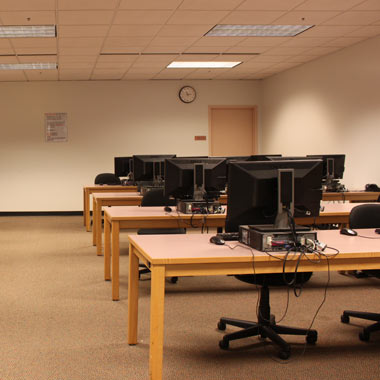Research Trends
Over the past four years, I have served as the campus writing program administrator, witnessing our campus growing pains through the pressure to increase course enrollment caps and the territoriality and “space wars” that occur between academic units. To meet the demand for faculty offices, the campus eliminated one of only four open computer labs supporting our fifteen hundred students. The remaining labs are barely sufficient to support the courses in composition, digital technology and culture, psychology, math, and other disciplines that use them. Moreover, the labs certainly do not maintain the “cutting edge” standards needed to support the variety of digital design, media arts, and technical and professional writing students who also use them. In developing (digital) texts, students must navigate shifting senses of space and place, particularly as they employ technology and compose in digital spaces; this is difficult work to do in outdated labs with old software.
To get at some of the pedagogical best practices associated with instructional technology spaces, I considered theoretical underpinnings of space, place, and pedagogy in developing my proposal.
